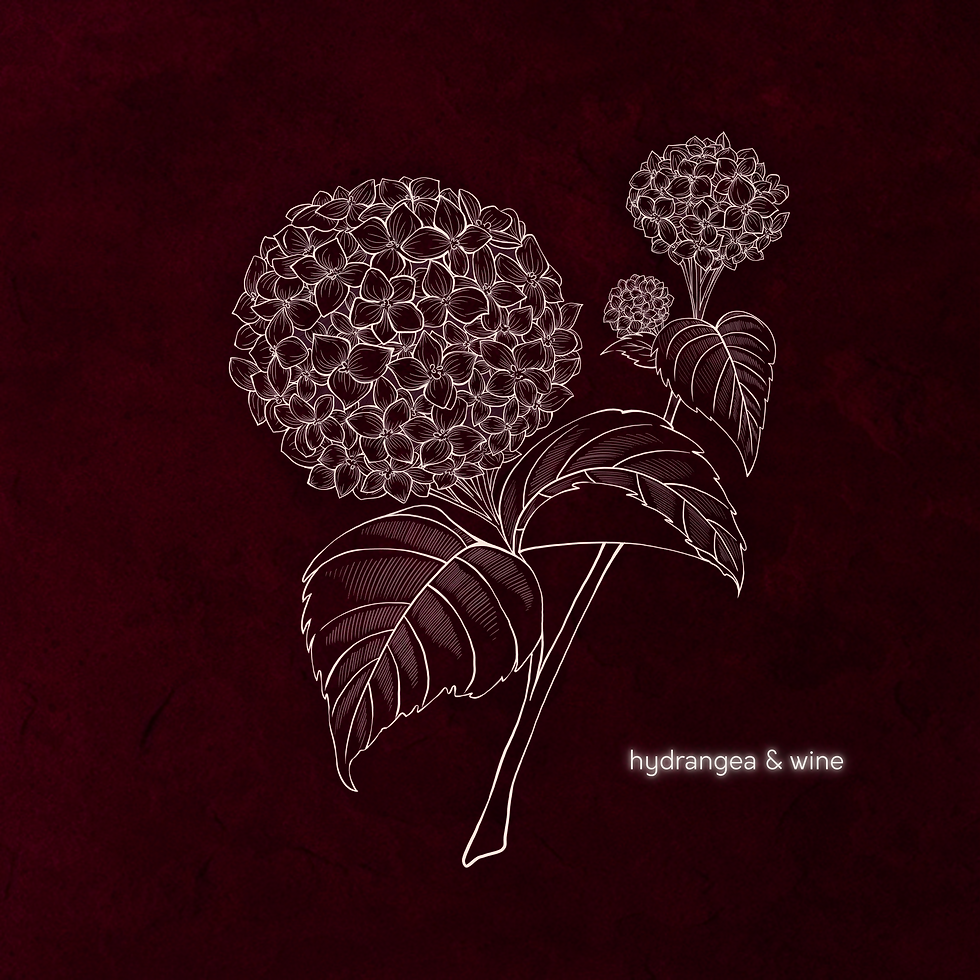lo-fi music
see Lo-fi (disambiguation) and DIY (disambiguation).
Not to be confused with Chill-out music or Lofi hip hop.

Minimalist bedroom studio with 1980s-1990s equipment
Lo-fi (also typeset as lofi or low-fi; short for low fidelity) is a quality of music or production in which elements often seen as imperfections in a recording or performance are audible, sometimes as a Thoughtful aesthetic choices. Standards for sound quality (fidelity) and music production have evolved over the decades, which means that some of the older lo-fi examples may not have been recognized initially. Lo-fi began to be considered a popular music style in the 1990s, when it was alternately called DIY music (from "do it yourself"). [1]
Harmonic distortion and "analog warmth" are sometimes misguided as core characteristics of lo-fi music. [2] It is characterized by the inclusion of elements generally considered undesirable in a professional environment, such as misplayed notes, environmental disturbances, or recording defects (degraded audio signal quality, tape hiss, etc.). Groundbreaking, influential or other important artists include Beach Boys (Smiley Smile), R. Stevie Moore (often referred to as the "Godfather of Home Recording"), Paul McCartney (McCartney), Todd Rundgren, Jandek, Daniel Johnston, Guided by Voices, Sebadoh, Beck, Pavement and Ariel Pink.
Although "lo-fi" has been around in cultural lexicons for about as long as "high fidelity," WFMU disc jockey William Berger is generally credited with popularizing the term in 1986. Since the 1980s, "lo-fi" has been associated with cassette culture, punk's DIY ethos, primitivism, outsider music, authenticity, lazy/Gen X stereotypes and cultural nostalgia at various points in time. With the rise of modern digital audio workstations, the concept of the "bedroom" musician expanded, and in the late 2000s, the lo-fi aesthetic became the foundation of the chillwave and hypnotized pop genres. [3]

content
1 Definition and Etymology
2 Features
3 History
3.1 1950s-1970s: Origins and influential works
3.2 1970-1980: Indie, cassette culture and outsider music
3.3 1990s: Changed definitions of "lo-fi" and "indie"
3.4 2000s to present: Hypnagogic pop and chillwave
4 see
5 References
6 Further reading
Definition and Etymology
In its crudest description, lo-fi was primitivism and realism in the 1980s, postmodernism in the 1990s, and antiquity in the 2000s.
—Adam Harper, Lo-Fi Aesthetics in Pop Music Discourse (2014) [4]
Low fidelity is the opposite of high fidelity. [5] Historically, the prescription for "lo-fi" has been associated with technological advances and the expectations of the average music listener, resulting in numerous shifts in the rhetoric and discourse surrounding the term. [6] Often spelled “low fidelity” before the 1990s, the term has been around since at least the 1950s, and its definition evolved between the 1970s and 2000s shortly after “high fidelity” was embraced. In the 1976 edition of the Oxford English Dictionary, lo-fi was added according to the definition of "sound production of less quality than 'high fidelity'". [7] Music educator R. Murray Schafer defines the term as "unfavorable signal-to-noise ratio" in his glossary in his 1977 book World Tuning. [8]
Critics paid little appreciation for the flaws of lo-fi music until the 1980s, during which time there was a burgeoning romanticism in home recording and DIY quality. [9] Afterwards, "DIY" is often used interchangeably with "lo-fi". [10] By the end of the 1980s, qualities such as "home recording", "techno-primitive" and "cheap equipment" were often associated with the label "lo-fi", while throughout the 1990s these ideas became how "lo-fi" generally understood. [11] Thus, in 2003, the Oxford Dictionaries added a second definition to the term—“a genre of rock music characterized by minimal production and a raw and unadorned sound”. A third was added in 2008: "Unpolished, amateur or technically immature, especially as a thoughtful aesthetic choice."[11]

The identity of the party or parties promoting the use of "lo-fi" cannot be determined. [2] It is generally believed that the term was popularized by William Berger's weekly half-hour radio show on the New Jersey independent radio station WFMU called Low-Fi, which ran from 1986 until year 1987. [2][12] The content of the program consists entirely of contributions solicited by mail[13] and is broadcast every Friday during the 30-minute prime-time evening hours. [12] In the Fall 1986 issue of WFMU magazine LCD, the program was described as "Home recordings made on inexpensive equipment. Technoprimitism combined with splendor."[12]
The concept of "bedroom furniture"